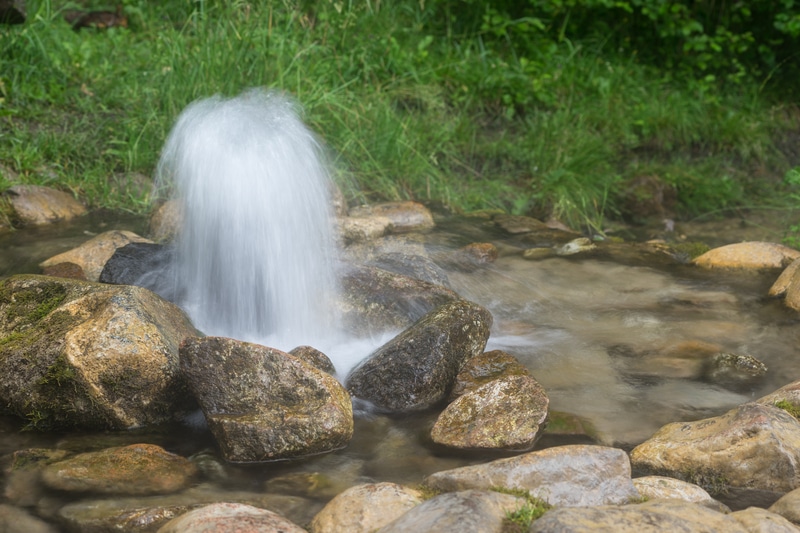 ☰ Menu
405-388-2246
☰ Menu
405-388-2246
 ☰ Menu
405-388-2246
☰ Menu
405-388-2246
 Regular Well Flushing as Part of a Water Well Maintenance Plan
Regular Well Flushing as Part of a Water Well Maintenance PlanAs a well owner, you should consider regularly flushing your well to ensure the maintenance of water quality and safeguard the health of your household. The frequency at which you should flush your well depends on several factors, including the type of well you have, water usage, and the quality of your water source. It is generally recommended to flush your well at least once a year.
Regular well flushing helps maintain the quality and performance of your well system. Over time, sediment, minerals, bacteria, and other contaminants can accumulate in the well, affecting water quality and reducing the well’s efficiency. Flushing the well involves pumping out a large volume of water to remove any accumulated debris or contaminants.
Keep in mind that the flushing frequency may need to be adjusted based on specific circumstances. For example, if your well water is tested and found to have high levels of contaminants, more frequent flushing may be necessary. Similarly, if your well is located in an area with high sediment or mineral content, more frequent flushing may be needed to prevent clogging or damage to the well system.
Remember, water from private wells is not regulated in the same way as public water supplies, so it is your responsibility to ensure the quality and safety of your well water. Regular maintenance, including flushing, is an essential part of this responsibility.
When considering this task, it is advisable to consult a professional well contractor for guidance. They can provide specific recommendations based on your well’s characteristics and local conditions.
1. Well type: Different well types, such as drilled wells or dug wells, may require different flushing frequencies. For example, dug wells are more susceptible to contaminants and may need more frequent purging.
2. Water usage: If your household relies heavily on water consumption, such as using it for irrigation or frequently filling swimming pools, it may be necessary to flush your well more frequently. Increased water usage can introduce more sediments and minerals into the well, requiring more frequent flushing.
3. Water quality: If you notice changes in the taste, smell, or appearance of your water, or if you have experienced any water-related issues, it is important to flush your well as soon as possible. These changes could indicate the presence of contaminants or mineral build-up that can affect water quality.
In addition to the annual flushing, it is also recommended to perform a thorough inspection of your well system every few years. This inspection should include checking the condition of the well casing, the well cap or seal, the pump, and other components. It is crucial to address any maintenance or repair needs promptly to ensure the proper functioning of your well.
In conclusion, the frequency of flushing your well depends on various factors. While a yearly flushing is generally recommended, it is important to consider your well type, water usage and water quality. Regular inspections and consulting with water well professionals will help you determine the most suitable purging frequency to maintain a clean and reliable water supply from your well.